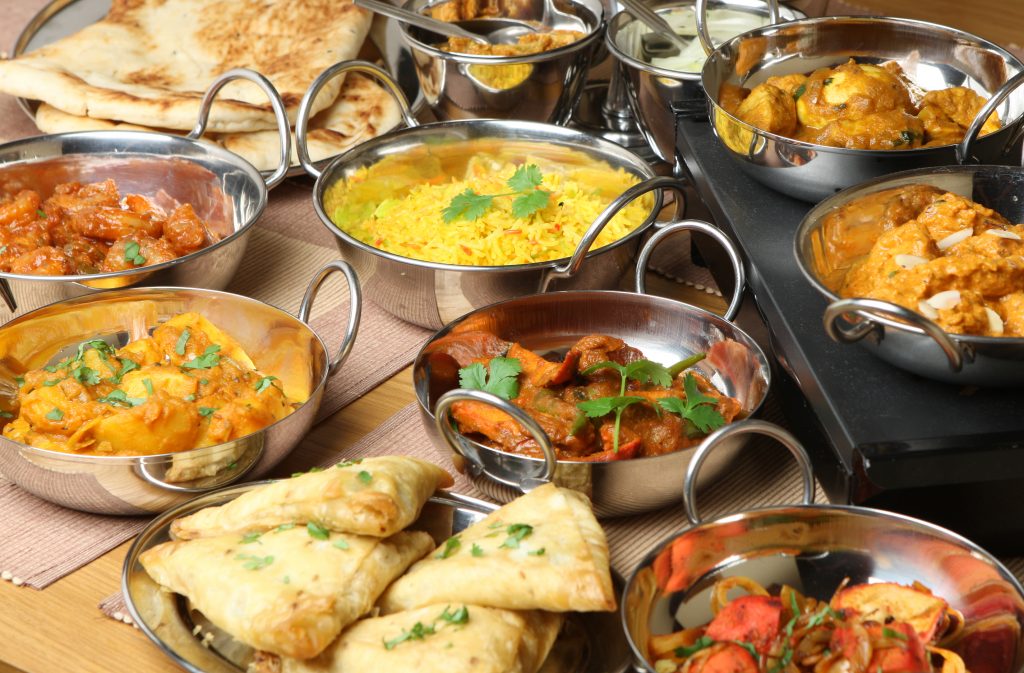In recent years, a remarkable culinary fusion has been taking shape in Sweden, where Indian chefs are blending the rich and diverse flavors of Indian cuisine with the fresh, local ingredients of the Swedish landscape. This innovative culinary trend celebrates not only the artistry of Indian cooking but also the sustainability and seasonality of Sweden’s farm-to-table food culture. The result is a vibrant and dynamic culinary scene that transcends borders, offering diners an entirely new and exciting dining experience. Indian cuisine, known for its bold flavors and intricate spices, has a long tradition of using ingredients like cumin, turmeric, ginger, garlic, and a variety of aromatic herbs and spices. These flavors create a complex tapestry of tastes that can range from fiery to soothing. Meanwhile, Sweden’s culinary identity is rooted in the use of locally sourced, seasonal produce, which includes fresh berries, root vegetables, game meats, and fish from pristine lakes and rivers. The contrast between the two cuisines is stark, yet when brought together, they create something truly special.

The fusion of Indian spices and Swedish ingredients begins with the careful selection of local produce. Swedish chefs, trained in traditional Indian cooking techniques, use ingredients like wild mushrooms, root vegetables, and locally caught fish to craft dishes that showcase the essence of both cultures. For instance, Swedish salmon may be marinated with a blend of Indian spices like mustard seeds, fenugreek, and cardamom, lending the fish a rich depth of flavor that is distinctly Indian, yet with the freshness and purity of Swedish waters. Additionally, the Swedish appreciation for fermentation and pickling dovetails beautifully with bästa indiska restaurangen örebro traditions. Both cuisines have a long history of preserving food using fermentation processes, which not only enhance the flavors but also make the dishes more complex and layered. Indian chefs are experimenting with Swedish pickled vegetables, such as cucumbers or beets, and pairing them with traditional Indian curries, where the sharpness of the pickles contrasts beautifully with the richness of the spices.
One particularly innovative technique involves the Swedish use of seasonal herbs, such as dill and caraway, which are often incorporated into Indian dishes in ways that are both surprising and harmonious. Dill, commonly used in Swedish cooking, finds a new life in Indian curries, where it is combined with cumin and coriander to offer an unexpected yet delightful twist. Similarly, Swedish dairy products, like creamy cheese and yogurt, are used in Indian gravies and sauces, bringing a smooth and velvety texture that perfectly complements the bold spices. These chefs are also focused on sustainability, a value that resonates strongly in Sweden’s culinary landscape. By sourcing local and organic ingredients, they ensure that their creations are not only delicious but also environmentally responsible. This commitment to sustainability mirrors the Indian philosophy of using what the land provides in harmony with the environment, a concept that has been passed down for generations in Indian cuisine.